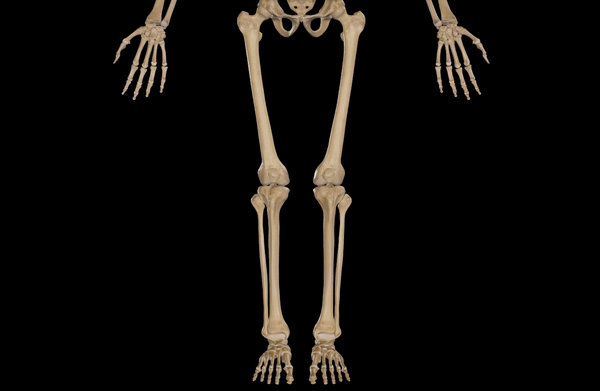Start with the Basics:
Latin & Acronyms
Everything begins with comprehension of the Mother Tongue: Latin. Latin Terminology is the verbal underpinning that constructs the names for illnesses, injuries, cell types, metabolic actions, anatomy, physiology, and pathophysiology.
The proper Latin term for a heart attack is -myocardial infarction. The lengthy Latin is often abbreviated to ‘MI,’ as in: “The guy in Exam Room Five is having a massive MI (you’ve probably heard this in countless TV medical dramas a thousand times).” In Latin, “myo” means muscle, “cardial (or cardio)” means heart, and “infarct” means death; muscle of the heart death/heart-muscle death. You don’t have to memorize all the terms; you just have to learn the Latin root terms. Latin combines prefixes and suffixes to build complex phrases like medical root words can be constructed to explain complex physiological phenomena.
When students begin the study of a heart attack, they know that it will involve the muscle of the heart dying. There are many ways muscle death can occur, and they all will be investigated as we delve into the pathophysiology of heart attacks.
Latin Terminology provides a common shorthand to understand the language of medicine, EMS acronyms allow a quick framework to reference when we want to apply that knowledge during patient care.
The acronyms in EMS are overwhelming at first, but like everything else in this field, if they are learned piecemeal, their use becomes simple and helpful.
The basis for all patient care is the patient assessment, so let’s begin there. In the Primary Assessment alone—the very first section of the exam—there are the following acronyms: LOC, AVPU, GCS, A&Ox4, ABCs, RPM, D or C/C, and E (Where’s the mind-blown emoji on the keyboard when you need it?). If that frazzles the reader, consider if you had to rattle those off in front of your entire cohort, know what each implied, and how to assess them. Or worse, imagine if you needed to remember and apply them to a patient who may be dying. It’s less daunting once you remember our top priority: keeping the air moving in and out, blood going round and round, and oxygenating when beneficial. Let’s examine one of the more important acronyms in that litany: ABCs.
ABC stands for Airway, Breathing, and Circulation. Since all of those must be present and stable for a person to survive, it’s a good idea to check them early and often. Included in that mantra are the respiratory rate and quality, the patient’s blood-oxygen saturation, the presence, rate, and regularity of a pulse, a blood pressure reading, and a capillary refill timed assessment. Being a well-known phrase, ABC cues students (and professionals) to step back, review their assessments, recalibrate, and construct a game plan for the remainder of the emergency. The genius is the simplicity. You’d be surprised how often something as simple as reciting ABC during difficult calls can simplify the situation and fix overlooked issues.


